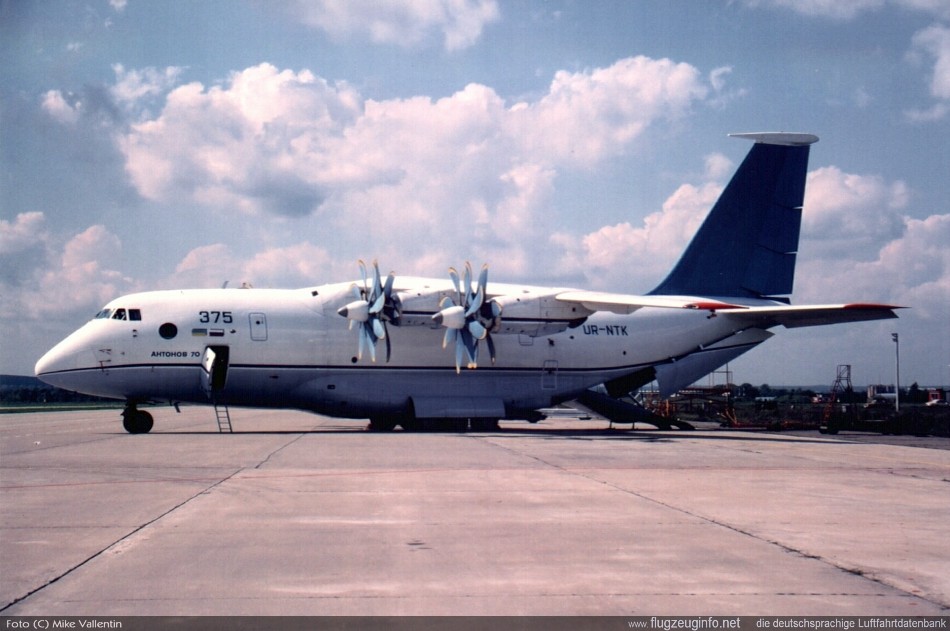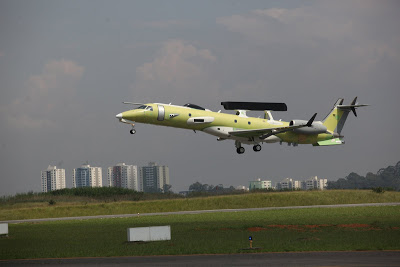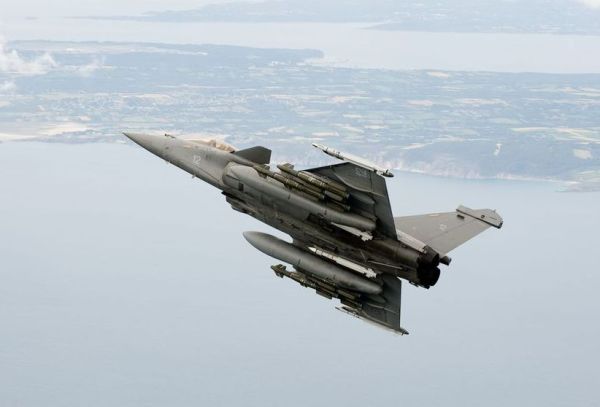رد: اخبار سريعه عن الطائرات
اختبار هام للسلاح الهايبر سونيك في شهر مايو 5 والذي وصل الى سرعة 5 ماك في التجربة الماضية
CHARLESTON, S.C. — The Air Force expects to see significant progress in its pursuit of hypersonic weapons.
In May, a U.S.-Australia scramjet will perform a flight test from the Navy’s Pacific Missile Range Facility in Kauai. The HiFiRE (Hypersonic International Flight Research Experimentation) program has seen two previous successful tests, reaching speeds five times the speed of sound.
In June, the Air force will hold an “industry day” for companies to learn how they can help the service achieve its goal of a performing a high-speed strike weapon demonstration by fiscal year 2017.
And in August, the X-51 test vehicle will make its third flight test. The first took place in May 2010, when the demonstrator reached Mach 5 speed but fell short of its goal of a 300-second flight. The second test occurred in June 2011 and had to be cut short when the scramjet engine failed to transition to full power.
All of these efforts go a long way toward gathering the information needed to design a successful long-range strike capability, said John Leugers, principal aerospace engineer in the munitions directorate at the Air Force Research Laboratory.
The Air Force is seeking to develop missiles that can reach targets anywhere in the world within minutes. Several more test flights are planned over the next several years. Each experiment gives researchers more data about issues such as aerodynamics, engine performance and heating.
Meanwhile, studies such as Technology for Responsive Precision Air Land Sea Strike, or TRESPALS2, are looking at “how fast is fast enough for high-speed weapons,” according to a briefing Leugers gave April 18 at the National Defense Industrial Association’s annual science and engineering technology conference.
The need for hypersonic cruise missiles is based on an assessment of threats on the horizon, he said.
“You’re going to need long-range,” Leugers said. “Trust me.”
A great deal of work still has to be done on advanced guidance systems as well as tailoring warheads to specific targets. The airframes, which would be expected to travel more than 500 miles, also need to be lightweight and able to withstand high temperatures, Leugers said.
Tests with X-51 also are informing research into creating a hypersonic spy aircraft that could cruise at speeds greater than Mach 4 but still take off and land on a runway. Leugers described the investigation of such an aircraft as more in the exploration stage. Challenges remain, including how to make a potential platform affordable.
Surprisingly, studies have shown that a hypersonic missile may not be as expensive as initially thought, Leugers said.
The Defense Department supports these efforts. Initially, the Pentagon wanted the Air Force to be able to perform a weapon demonstration in 2014. The Air Force is hoping to accomplish the feat now by the 2017-2018 timeframe, though Pentagon officials at the conference said they are still holding out hope it could happen in 2016.
Posted at 12:00 PM by Eric Beidel | Permalink | Email thi







